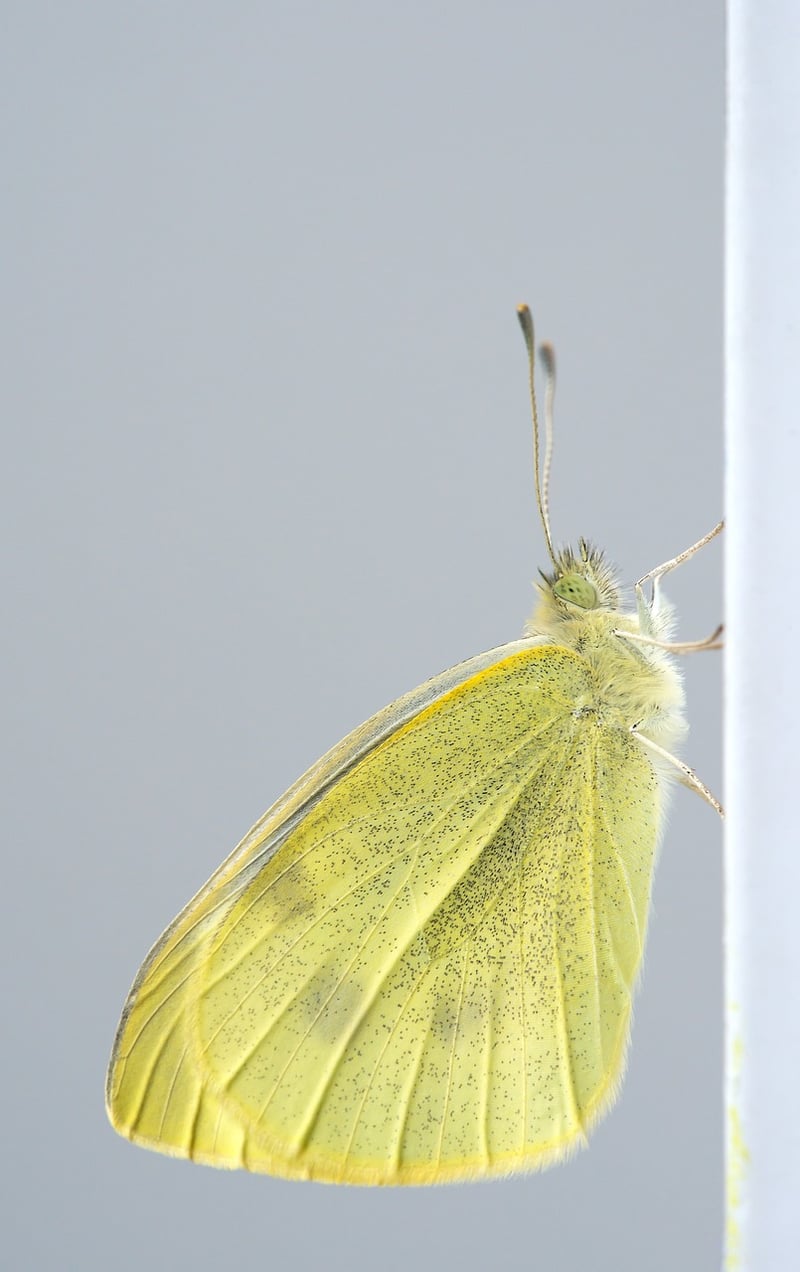Butterfly Effect
The Fascinating Link Between Time Conundrums and the Butterfly Effect
Time conundrums and the Butterfly Effect are two intriguing concepts that have captured the imagination of many. Let's delve into the fascinating link between these two ideas and explore how they intertwine in the realm of science and fiction.
Understanding Time Conundrums
Time conundrums refer to paradoxes and dilemmas related to time travel and its implications. Concepts like the grandfather paradox, bootstrap paradox, and the famous question of changing the past without causing a paradox fall under this category. These conundrums challenge our understanding of causality and the flow of time.

Exploring the Butterfly Effect
The Butterfly Effect, a term coined from chaos theory, suggests that a small change in one state of a deterministic system can result in large differences in a later state. The idea that a butterfly flapping its wings in one part of the world can cause a hurricane in another showcases the sensitivity of complex systems to initial conditions.

The Connection
What makes the link between time conundrums and the Butterfly Effect so compelling is the notion that altering even the smallest event in the past could have unforeseeable and monumental consequences in the future. This intertwining of timelines and causality adds layers of complexity to speculative fiction and scientific thought.
Implications in Fiction and Science
Authors and scientists alike have explored the implications of these concepts in various works. From movies like "Back to the Future" to scientific discussions on quantum mechanics and chaos theory, the interplay between time conundrums and the Butterfly Effect continues to spark creativity and debate.
Conclusion
As we ponder the mysteries of time and causality, the connection between time conundrums and the Butterfly Effect offers a rich tapestry of thought-provoking possibilities. Whether in fiction or scientific inquiry, these concepts remind us of the intricate web of events that shape our past, present, and future.
Explore more on Pixabay.
